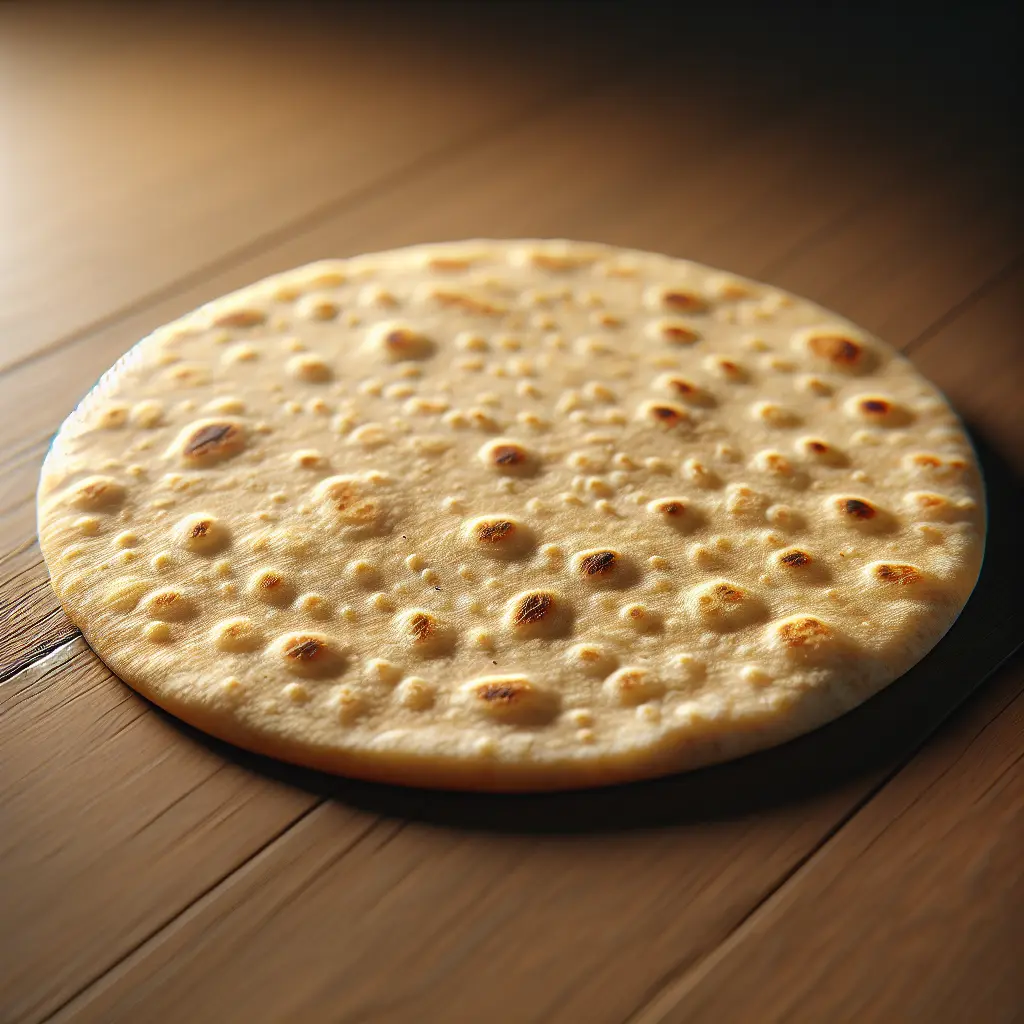The Tortilla: A Culinary Cornerstone with Enduring Appeal
Origins and History
The tortilla, a flatbread made from corn or wheat flour, traces its roots back to ancient Mesoamerica, where it was a staple food for the indigenous civilizations. Archaeological evidence suggests that tortillas were being made as early as 10,000 BC. The Aztecs and Mayans, among other Mesoamerican cultures, relied heavily on tortillas as a source of sustenance, using them in a variety of dishes and rituals.
Versatility and Culinary Significance
The tortilla's versatility is truly remarkable. It can be enjoyed on its own, filled with savory or sweet ingredients to create tacos, burritos, enchiladas, and countless other culinary delights. Soft and pliable, tortillas can be grilled, fried, or steamed, each cooking method imparting a unique texture and flavor. This adaptability has made the tortilla a beloved ingredient in kitchens worldwide.
Nutritional Profile and Health Benefits
Tortillas are a good source of carbohydrates, providing energy for the body. They also contain fiber, which aids in digestion and promotes a feeling of fullness. Corn tortillas, in particular, are naturally gluten-free, making them a suitable option for individuals with celiac disease or gluten intolerance. Additionally, tortillas can be fortified with vitamins and minerals, enhancing their nutritional value.
Cultural Impact and Contemporary Relevance
The tortilla has transcended its culinary significance to become deeply embedded in various cultures. In Mexico, it is a symbol of national identity and a centerpiece of traditional cuisine. Tortillas are also widely popular in the United States, where they have become an integral part of Tex-Mex and Mexican-American cuisine. The tortilla's enduring appeal is evident in its presence in restaurants, grocery stores, and home kitchens around the globe.
Serving Suggestions and Accompaniments
Tortillas can be enjoyed in a myriad of ways. Here are a few classic serving suggestions:
- Tacos: Fill tortillas with grilled meats, seafood, or vegetables, and top with salsa, guacamole, cheese, and other favorite toppings.
- Burritos: Stuff tortillas with a combination of beans, rice, meat, vegetables, and cheese, and roll them up for a hearty and portable meal.
- Enchiladas: Dip tortillas in a flavorful sauce, fill them with your desired fillings, and bake them for a cheesy and comforting dish.
- Quesadillas: Fill tortillas with cheese and other fillings, fold them in half, and grill or pan-fry until golden brown.
Health Considerations
While tortillas can be a part of a healthy diet, it's important to be mindful of portion sizes and fillings. Whole-wheat or corn tortillas are healthier options than white flour tortillas. Additionally, opting for lean protein fillings and fresh vegetables can help create balanced and nutritious meals.
Conclusion
The tortilla, with its rich history, versatility, and cultural significance, stands as a culinary treasure that continues to captivate taste buds worldwide. Whether enjoyed as a simple flatbread or transformed into an elaborate culinary creation, the tortilla remains a beloved and enduring food staple. Embrace the tortilla's versatility and savor its timeless appeal in your culinary adventures.
How many calories are in Tortillas?
Each 1 tortilla of Tortillas contains 159 calories.
Tortillas Nutritional Information
| Nutrient | Amount per 1 tortilla (49g) |
|---|---|
| Calories | 159 Calories |
| Protein | 4.3g |
| Fat | 3.5g |
| Saturated Fat | 0.9g |
| Cholesterol | 0mg |
| Carbohydrates | 27g |
| Dietary Fiber | 1.6g |
| Sugar | g |
| Sodium | 0.234mg |
| Potassium | 0.0642mg |
| Calcium | 0.019mg |
| Iron | 0.0016mg |
